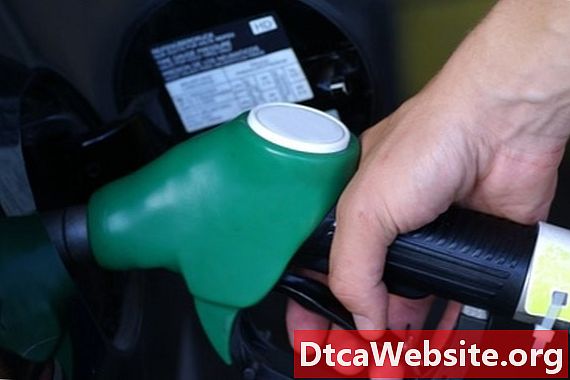
Contenu

The lightweight properties and affordability of polypropylene made it a prime material for building gas tanks for late model vehicles. Polypropylene has one drawback; it is easier to puncture than steel or aluminum. There are plastic based epoxies marketed for repairing plastic tanks, but many of them will not create a permanent repair on a polypropylene gas tank. This is not only due to the composition of the gas tank, but also to the fuel held in the gas tank. One method of repair creates a permanent repair that will not break down when exposed to gasoline.
Step 1
Remove the punctured polypropylene gas tank from the vehicle.
Step 2
Empty the fuel remaining in the polypropylene gas tank into the gas can. Add acetone to the punctured tank to remove the residual gas from the damaged tank.
Step 3
Plug in the plastic welder and set the heat temperature to 575 degrees F by turning the heat setting knob. The welding temperature of polypropylene is 572 degrees F, but the settings on the majority of plastic welders allow for adjustment in 5-degree increments. It is better to be slightly hotter in welding temperature, rather than slightly colder as a colder setting can cause the weld joint to be ineffective.
Step 4
Allow the plastic welder to heat up to welding temperature and groove the punctured area with the die-grinder with a beveling tip.
Step 5
Wipe the beveled area with a clean tag to remove the shavings created while you were creating the bevel on the polypropylene gas tank puncture.
Step 6
Hold the speed tip of the plastic welder against the surface around the puncture and feed the polypropylene filler rod into the guide of the plastic welders speed tip.
Step 7
Apply downward force on the polypropylene filler rod, as you slowly pull the plastic welder around the gas tank puncture. As you work your way around the puncture, move slightly inward to make a coil of melted polypropylene rod around and over the puncture.
Step 8
Clip the end of the polypropylene filler rod after you have covered the puncture with the side-cutting pliers and melt the cut end of the polypropylene rod to the repaired area of the polypropylene gas tank.
Allow the welded repair area to cool before re-installing the polypropylene gas tank back into your vehicle.
Warning
- Always wear safety glasses when using a die-grinder to groove the surface of a polypropylene gas tank.
Items you will need
- Gas can
- Acetone
- Plastic welder
- Die-grinder with a beveling tip
- Clean rag
- Polypropylene filler rod
- Side-cutting pliers


